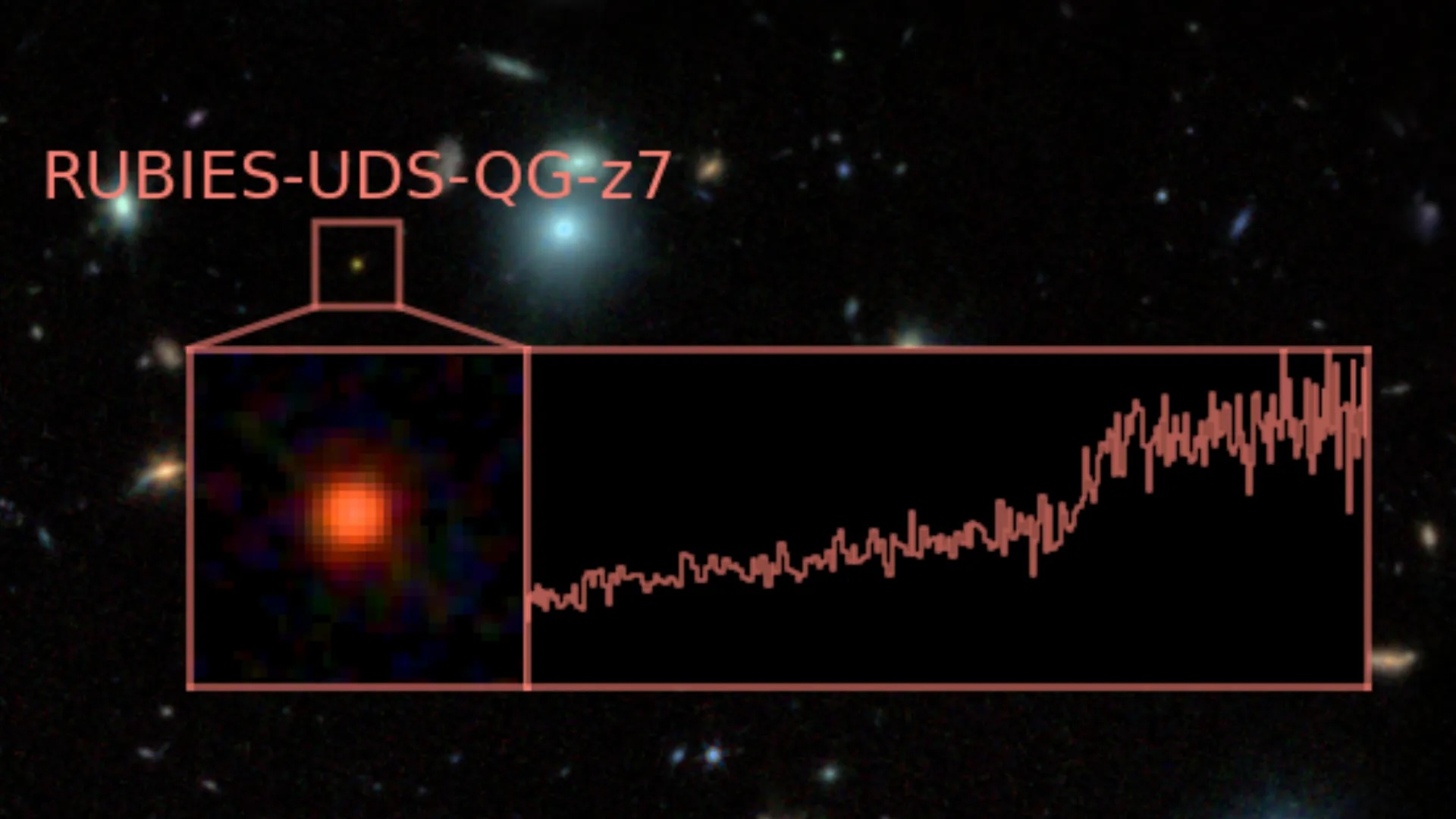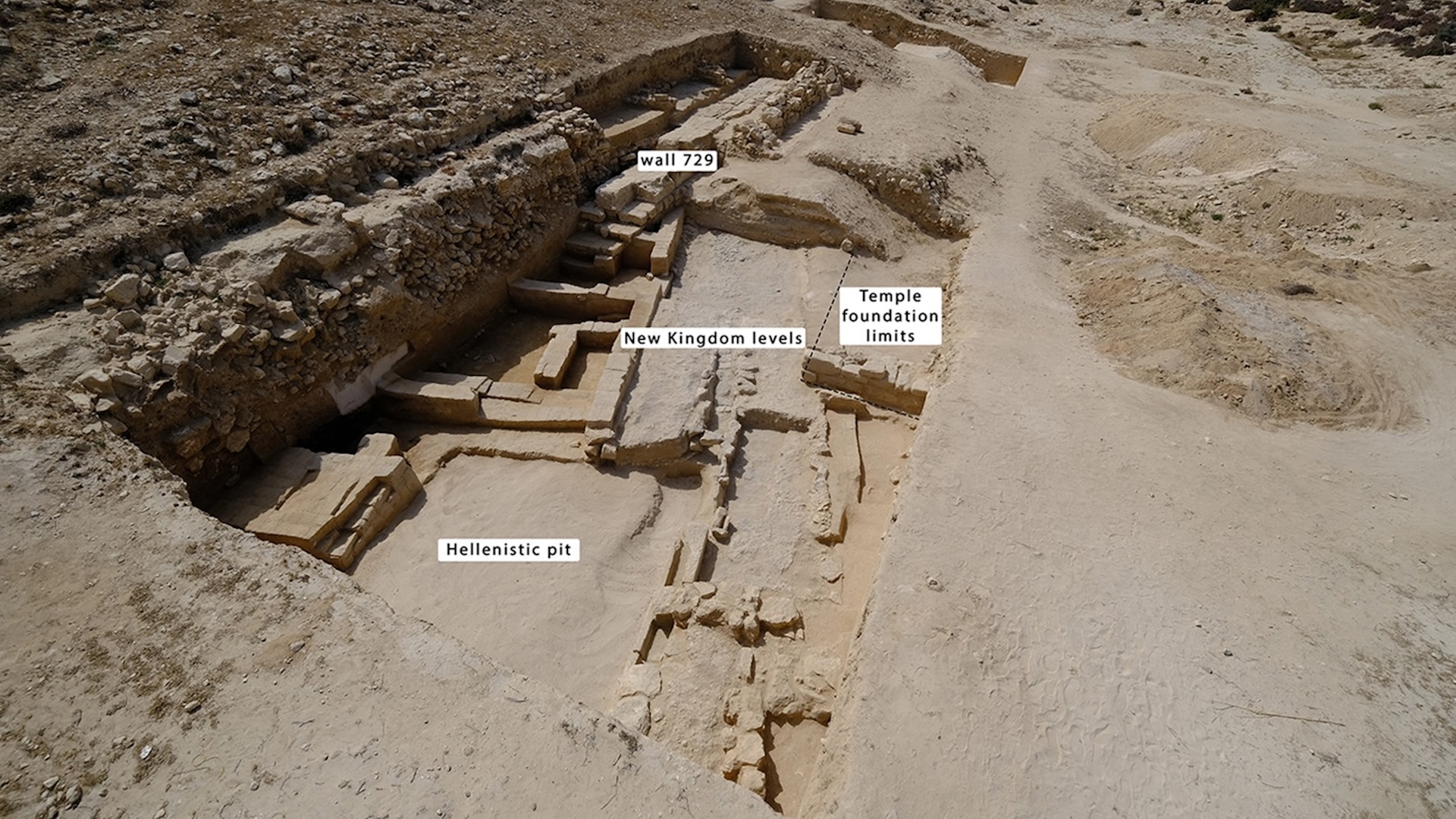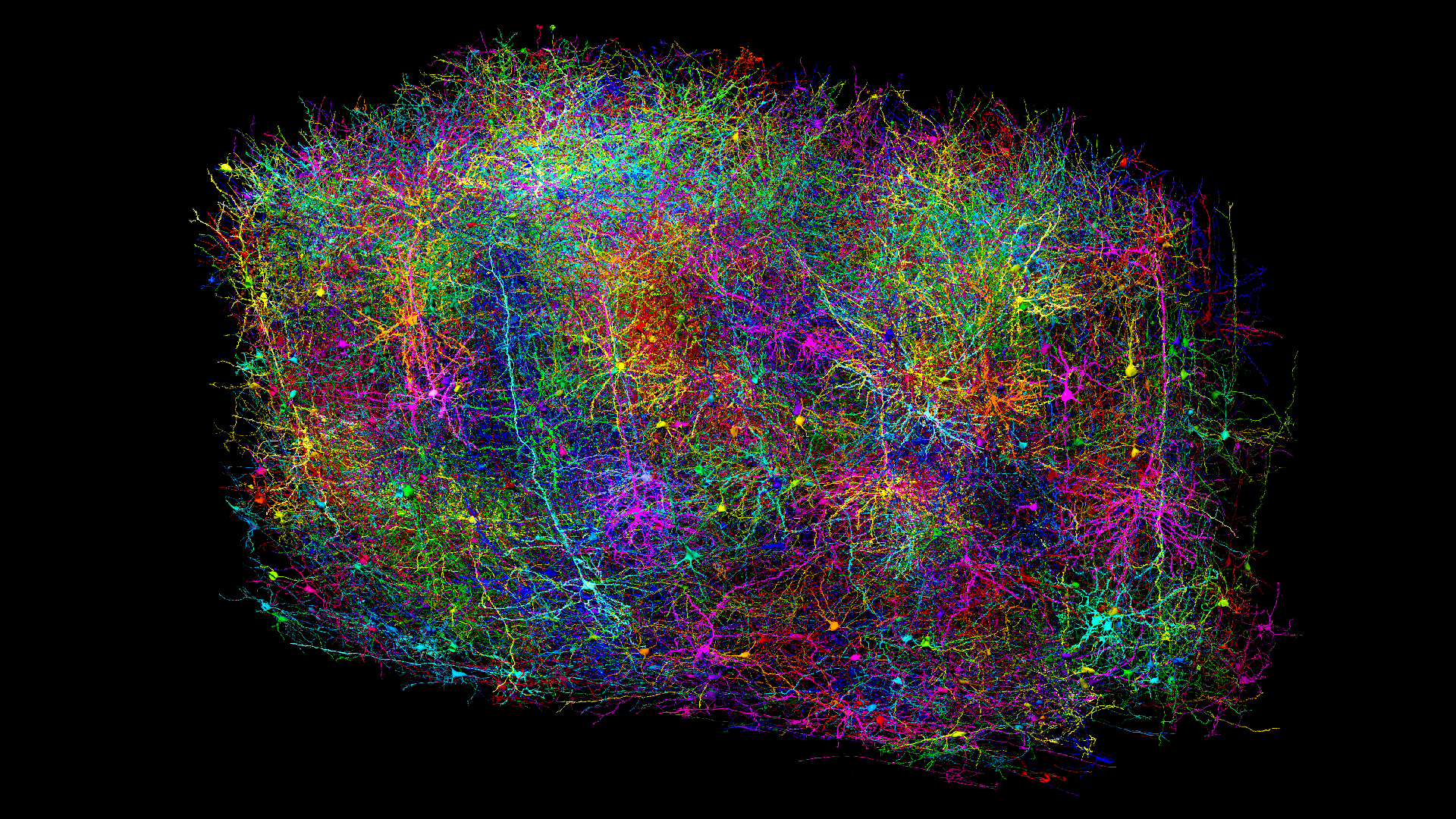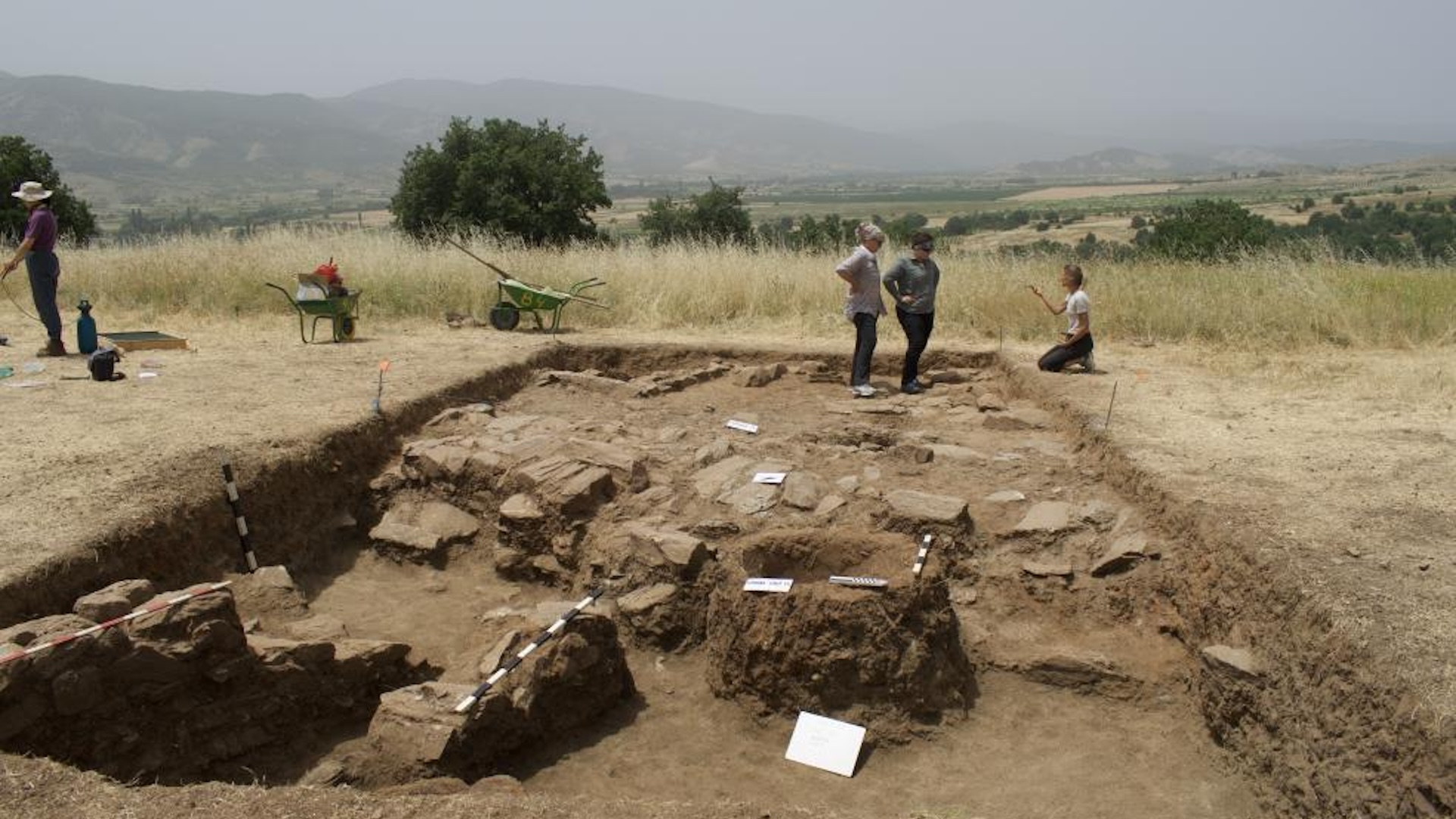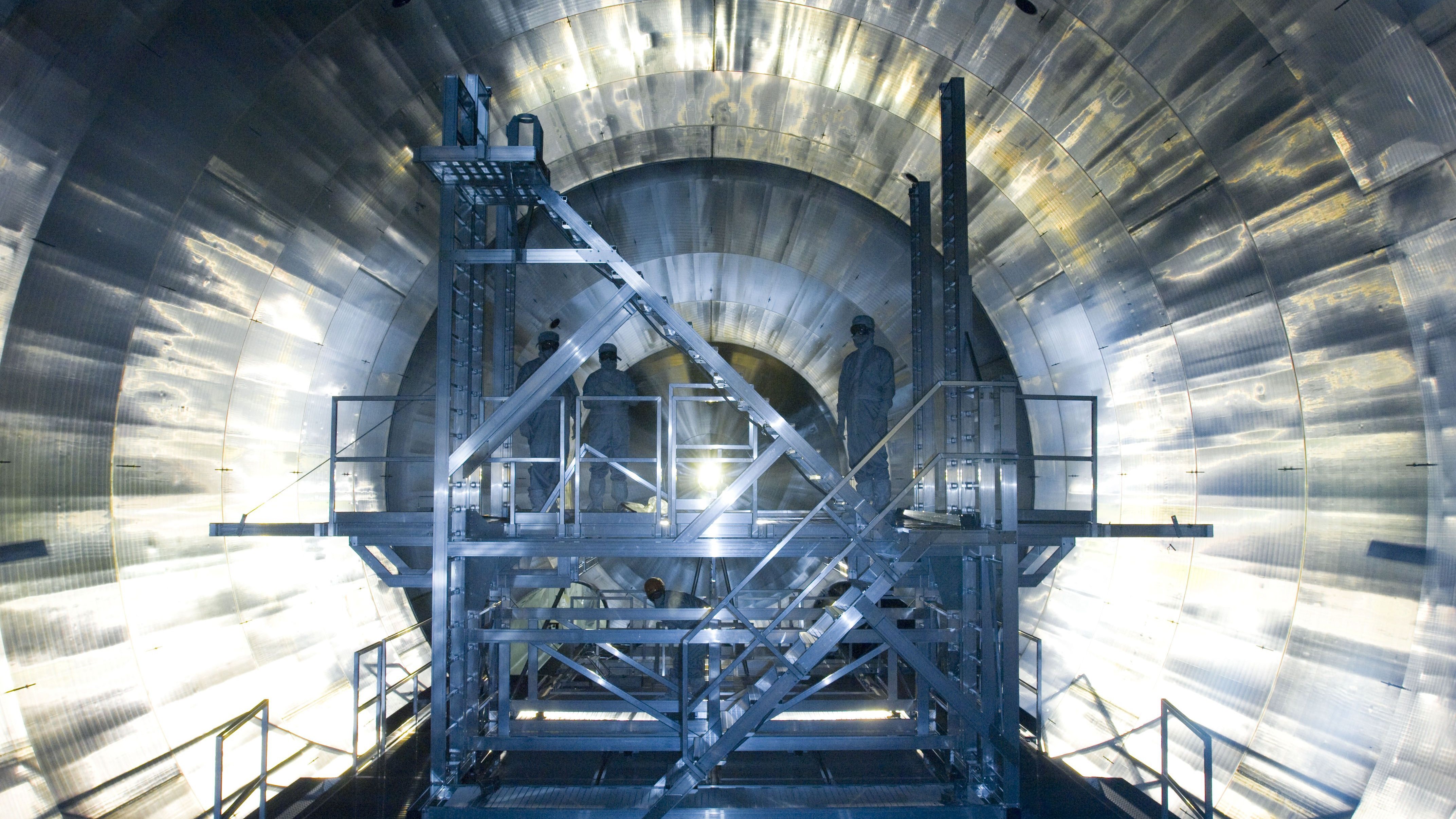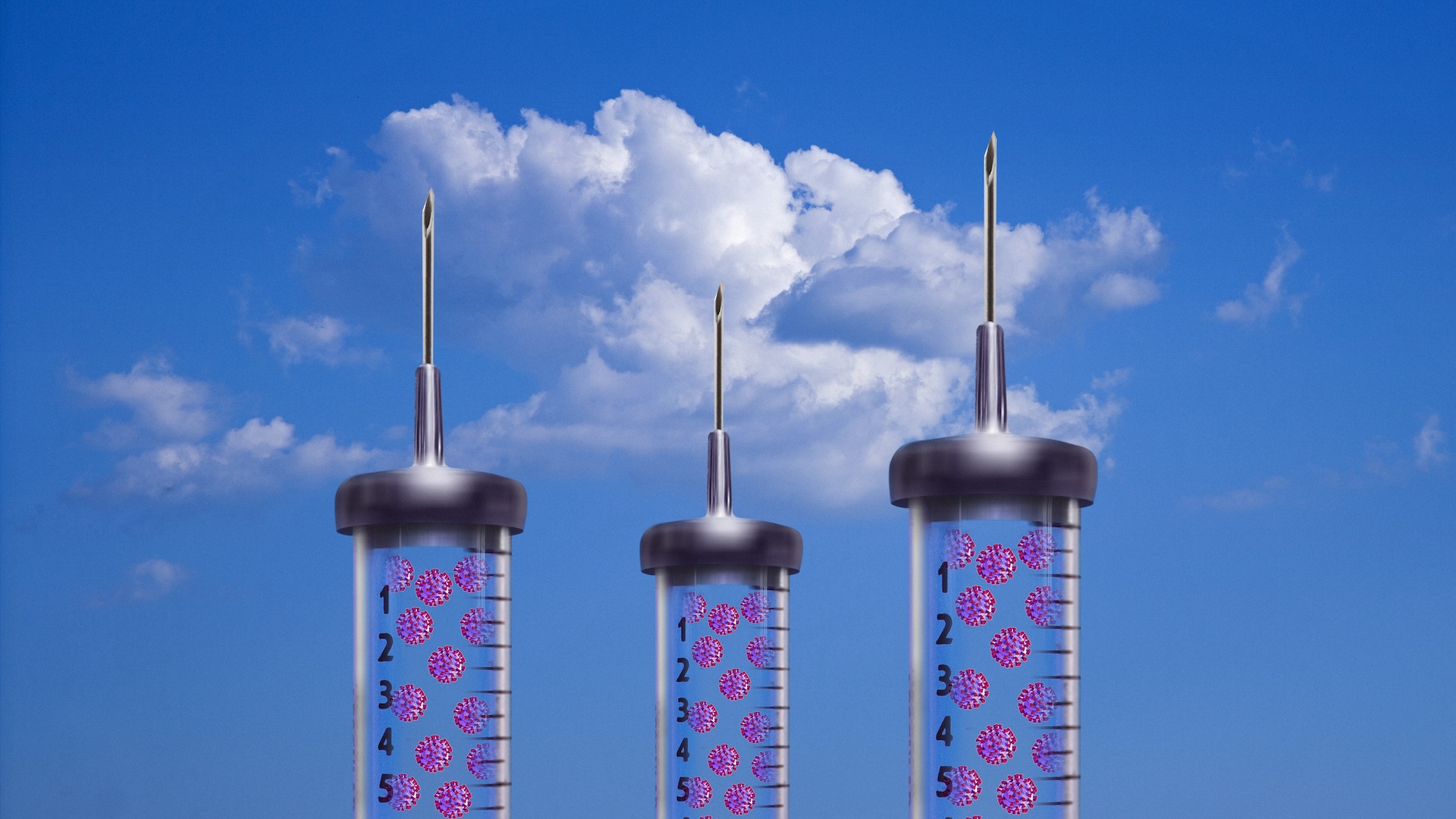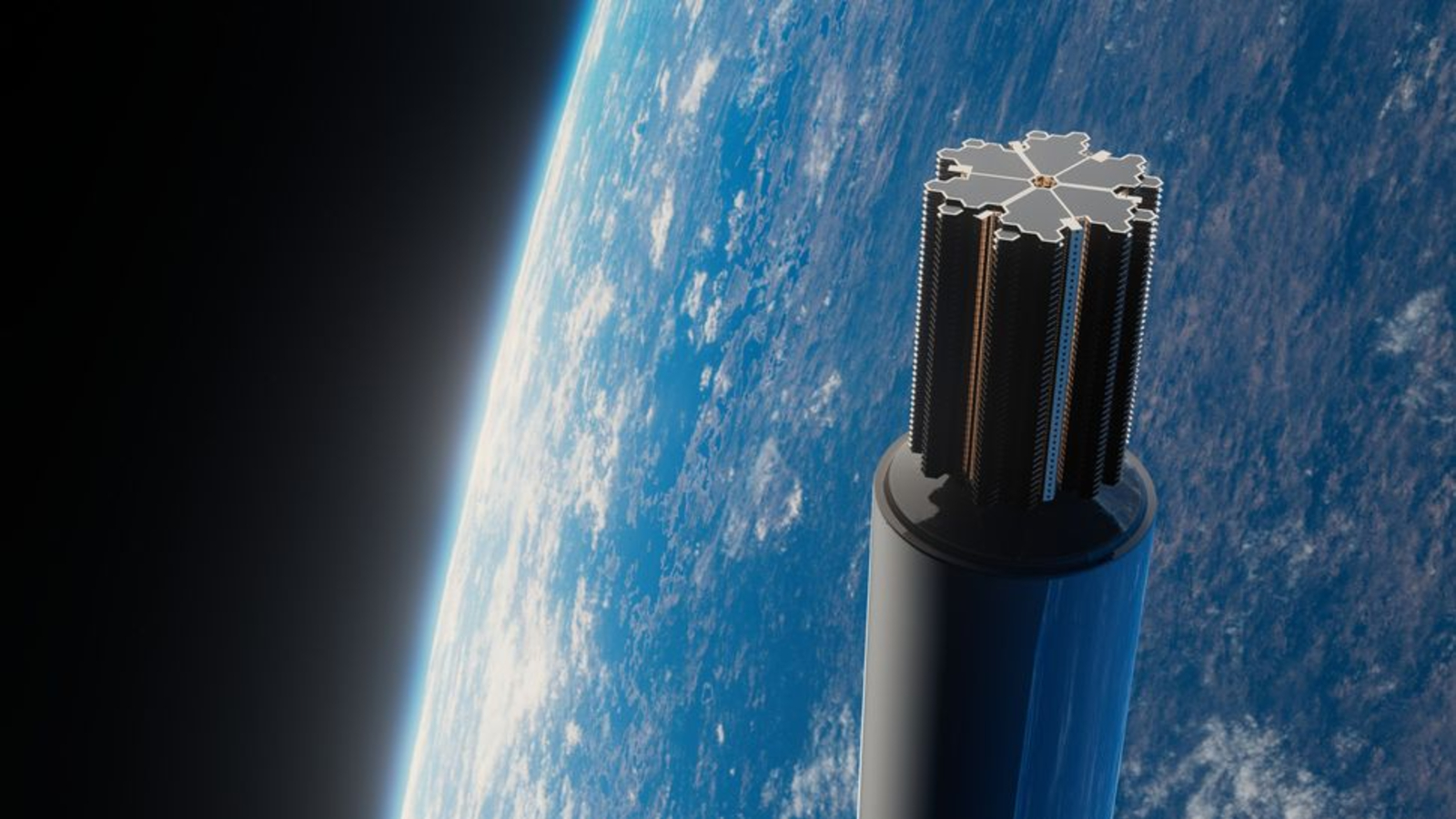Physicists create hottest Schrödinger's cat ever in quantum technology breakthrough
Physicists have replicated the famous Schrödinger's cat experiment at hotter temperatures than ever before. The breakthrough is a small but significant step toward quantum computers that can work at normal temperatures.
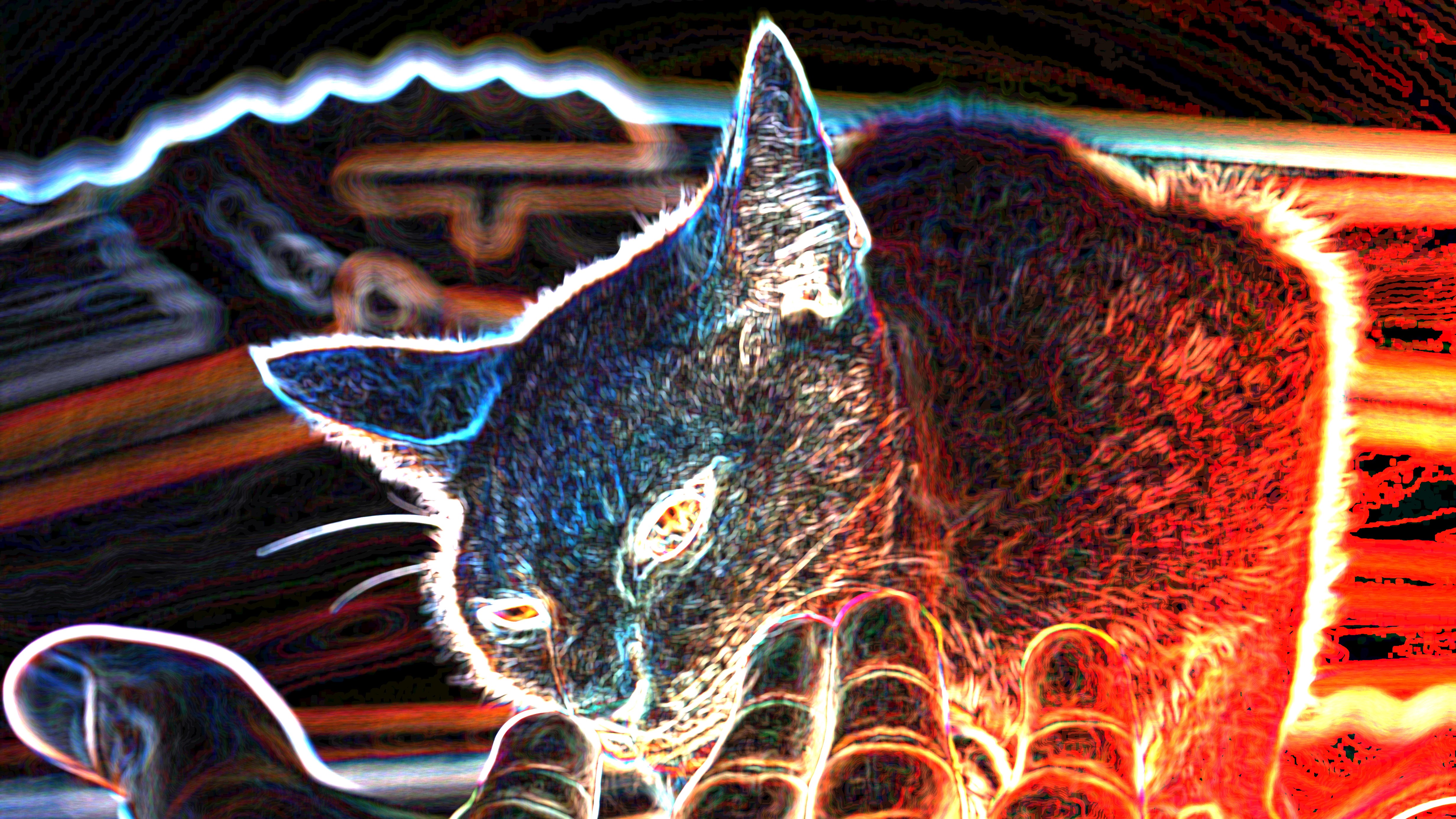
Physicists have created a Schrödinger's cat state at unusually hot temperatures, and it could be a major step toward the development of practical quantum computers.
Schrödinger's cat states exist in two distinct quantum states simultaneously and take their name from Erwin Schrödinger's famous thought experiment of a cat that is both simultaneously alive and dead.
Yet to achieve these states, quantum objects usually have to be cooled to their ground states, which exist just a few fractions above absolute zero (minus 459.67 degrees Fahrenheit or minus 273.15 degrees Celsius).
But now, a team of scientists has shown that a state of quantum superposition can be achieved at significantly warmer temperatures than before. The researchers published their findings April 4 in the journal Science Advances.
"Schrödinger also assumed a living — i.e., 'hot' — cat in his thought experiment," study co-author Gerhard Kirchmair, a physicist at the University of Innsbruck in Austria, said in a statement. "We wanted to know whether these quantum effects can also be generated if we don't start from the 'cold' ground state."
In Schrödinger's thought experiment, the weird rules of the quantum world are envisioned by imagining a cat placed inside an opaque box with a poison vial whose release mechanism is controlled by radioactive decay — a completely random quantum process. Until the box is opened and the cat is observed, Schrödinger said, the rules of quantum mechanics mean that the unfortunate feline should exist in a superposition of states, simultaneously dead and alive.
Related: World's 1st modular quantum computer that can operate at room temperature goes online
Sign up for the Live Science daily newsletter now
Get the world’s most fascinating discoveries delivered straight to your inbox.
As most quantum effects typically decohere and disappear at larger scales, Schrödinger's analogy was meant to demonstrate the fundamental differences between our world and the world of the very small.
Usually, quantum states of this kind can only be achieved at extremely low temperatures. This means that the qubits (quantum bits) found inside quantum computers have to be maintained inside extremely cold cryostats in order for them to not decohere and lose their information.
Yet no hard limit between the quantum realm and ours exists, and physicists have had past success cajoling larger objects into showing weird quantum behavior.
With this in mind, the physicists behind the new research placed a qubit inside a microwave resonator. After some careful tweaking, they nudged the qubit into a state of superposition at a temperature of 1.8 kelvins (minus 456.43 F or minus 271.35 C). This is still a very chilly temperature, but it is 60 times hotter than the ambient temperature in the cavity.
"Many of our colleagues were surprised when we first told them about our results, because we usually think of temperature as something that destroys quantum effects," study co-author Thomas Agrenius, a doctoral student at the Institute of Photonic Sciences in Barcelona, said in the statement. "Our measurements confirm that quantum interference can persist even at high temperatures."
While likely too incremental to have an immediate practical impact, the scientists' findings could one day liberate quantum computing from the necessity of storing the computers in extremely cold environments — especially if researchers can continue to raise the temperatures at which superposition can be achieved.
"Our work reveals that it is possible to observe and use quantum phenomena even in less ideal, warmer environments," Kirchmair said. "If we can create the necessary interactions in a system, the temperature ultimately doesn't matter."

Ben Turner is a U.K. based staff writer at Live Science. He covers physics and astronomy, among other topics like tech and climate change. He graduated from University College London with a degree in particle physics before training as a journalist. When he's not writing, Ben enjoys reading literature, playing the guitar and embarrassing himself with chess.
You must confirm your public display name before commenting
Please logout and then login again, you will then be prompted to enter your display name.

